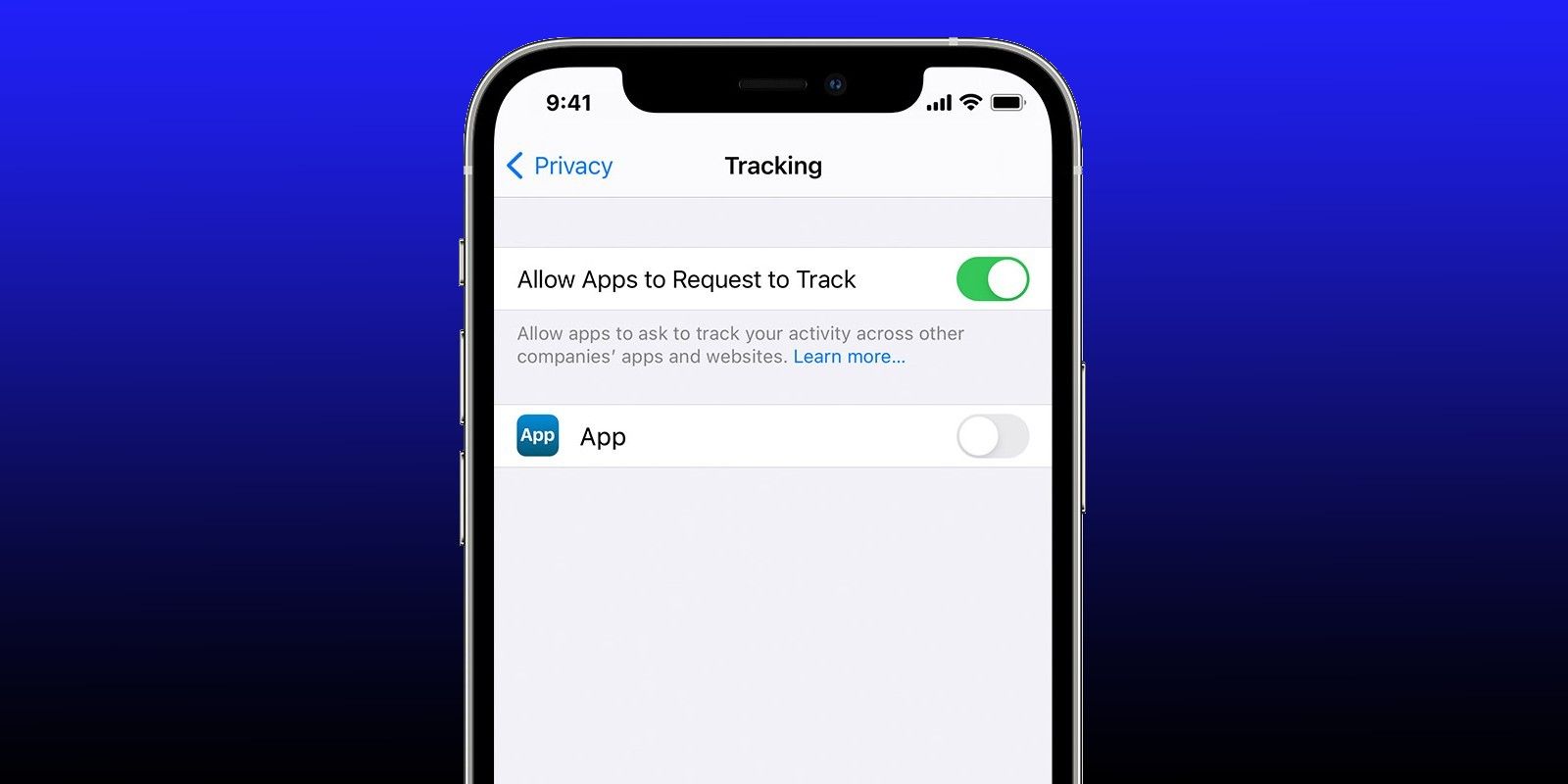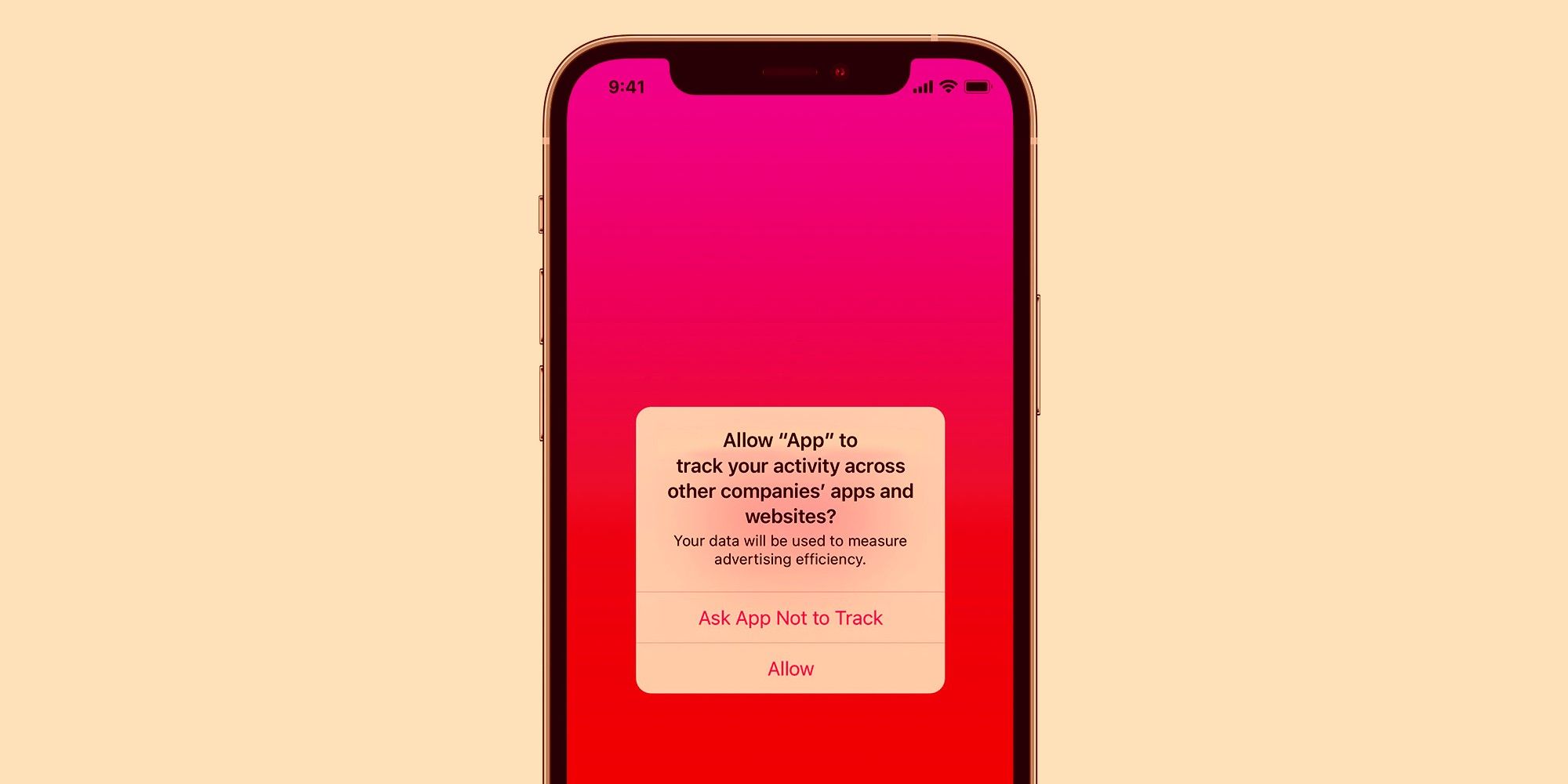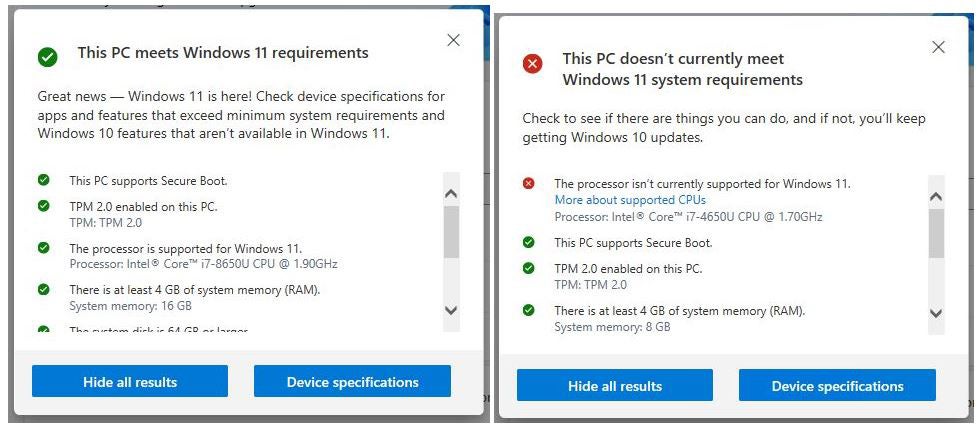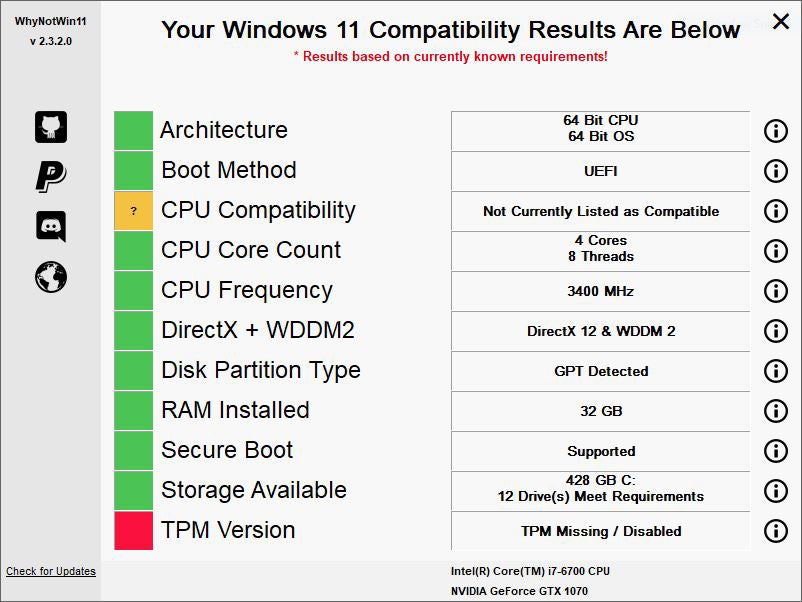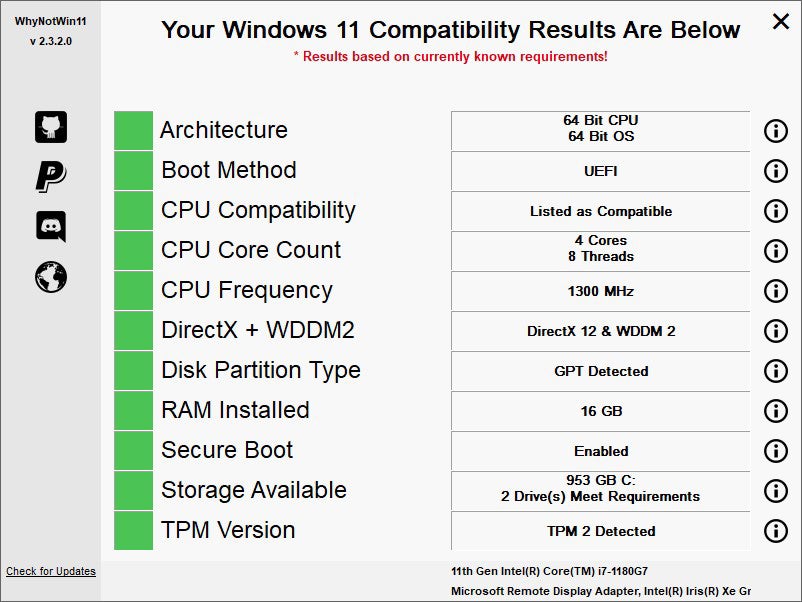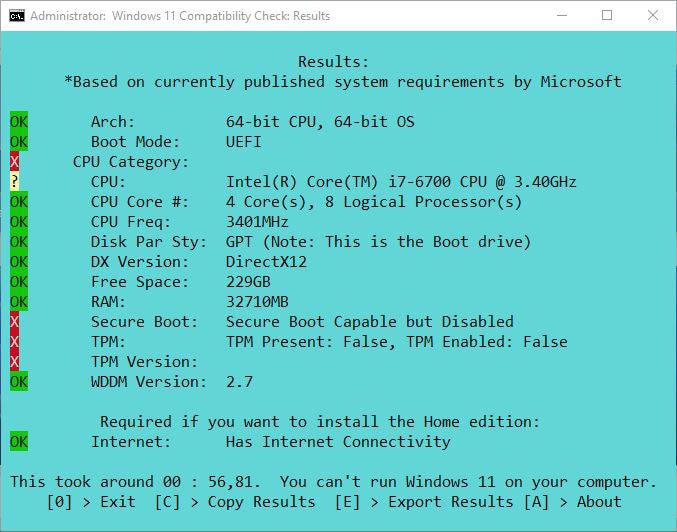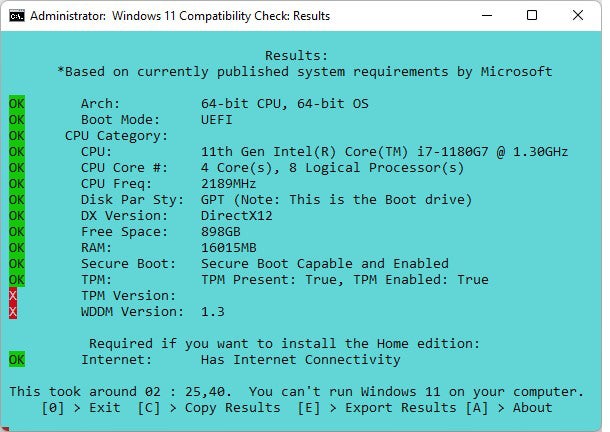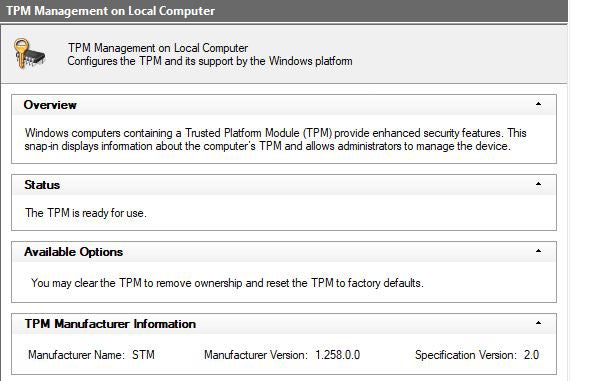News: Every Form The Tall Man Has Taken In The Phantasm Franchise
Phantasm is one of the strangest horror franchises ever, but tying it together is The Tall Man, a towering villain who’s taken multiple forms. The Phantasm movies have often been likened to nightmares captured on film, especially the 1979 original, with the kind of bizarre twists, unexpected surprises, and lack of conventional logic that often make up dreams. The Tall Man himself is certainly a nightmarish figure, and in an odd circumstance for an initially mysterious horror villain, the additional background information revealed about him in the sequels doesn’t really make him any less scary.Played to widespread acclaim by late genre mainstay Angus Scrimm, The Tall Man is, to make a long story shorter, a being far beyond normal humans, despite his human appearance. The Tall Man is strong enough to lift a full casket without help, commands an army of brain-destroying flying metal spheres, and takes dead bodies to another dimension, where he transforms them into tiny servant creatures resembling Jawas from Star Wars. He’s also, perhaps most importantly, nearly impossible to damage, much less kill.Related: Why Phantasm 2 Recast The Main Character (& Part 3 Changed Him Back)As if all those features weren’t enough to make Phantasm’s Tall Man a formidable adversary, he’s also able to make use of a trait common to many of the best horror villains: shape-shifting. The Tall Man can use this ability to lure victims in, as well as to further terrify them. Here’s every other form, aside from his standard one, The Tall Man has taken over the course of Phantasm’s five-movie run.One of the most memorable scenes in Phantasm sees Tommy – a friend of major characters Jody and Reggie – making the odd decision to get intimate with a blonde woman in a striking lavender dress while in the local cemetery. The pair have sex, but then the Lady in Lavender (Kathy Lester) kills him, before shifting back into The Tall Man. The Tall Man tries to pull the same trick on Jody – older brother to protagonist Mike – later, but things thankfully get interrupted. The Lady in Lavender does later sucker in ice cream man Reggie later, stabbing him to death.Or at least that’s how it first appears, as it’s later revealed that the whole movie was a dream Mike was having, following the actual real-life death of Jody in a car crash, and that Reggie was still alive. Or maybe it wasn’t a dream, since The Tall Man then appears to kidnap Mike to end Phantasm. Phantasm 2 picked up from the latter scene, and was a bit easier to follow. The Lady in Lavender wouldn’t appear again until Phantasm: Ravager, the long-delayed fifth movie, again played by Lester. Oddly, Ravager seems to imply she’s a separate, albeit still connected, entity to The Tall Man, despite the previous shape-shifting being shown. Reggie kills her, but The Tall Man continues on.While Phantasm 2 is easier to follow than the original, it’s still pretty confusing at times, although diehard fans wouldn’t want their Phantasm movies any other way. During the sequel, Mike and Reggie are trailing The Tall Man’s path of death across the country, eventually picking up a young female hitchhiker named Alchemy (Samantha Phillips). Mike immediately feels uneasy, as she resembles a strange nude apparition he had seen in a previous dream, but Reggie has no such qualms, almost succeeding in sleeping with her – although thankfully for him, it got interrupted.Related: Every Horror Movie Still To Come In 2021After Mike, Reggie, and their new companion Liz seemingly kill The Tall Man via embalming him alive, the trio is “rescued” by a hearse driven by Alchemy. Reggie is grateful, but Alchemy starts pulling her own scalp off, revealing that she’s been evil the whole time. Reggie is attacked and thrown from the hearse, which then drives off. Mike thinks it’s all a dream, but The Tall Man opens the divider between the front and back of the car, and assures him it’s not. In an earlier version of Phantasm 2, the fact Alchemy was The Tall Man in disguise was made more explicit, as part of the transformation was shown onscreen, but it was cut due to effects issues.This inclusion is an odd one, but it’s also one that fits perfectly in with the abject strangeness of the Phantasm franchise as a whole. Phantasm 3 picks up right where Phantasm 2 left off, with Reggie outside the hearse, and Mike and Liz still inside. The vehicle then crashes and explodes, but things are a bit hard to make sense of from there concerning The Tall Man.Mike survives the crash, while Liz dies, but Alchemy/The Tall Man is nowhere to be seen. Reggie runs over, collects Mike and tries to make a run for it, only for The Tall Man – now completely intact and without even a scratch – to march up from behind and try to get them. This Tall Man was shown emerging from an inter-dimensional portal earlier on in the opening scenes, with the embalming method having indeed killed the Tall Man that served as Phantasm 2’s primary villain. This concept of more than one Tall Man existing was made even clearer later in the movie.Considering everything seen of The Tall Man in Phantasm 1-3, many no doubt justifiably assumed the creature was simply a monster or an alien, and was never a human being. That’s not true though, as Phantasm 4: Oblivion revealed. The Tall Man was once a 19th-century mortician named Jebediah Morningside, and was by all evidence a perfectly nice, normal person. That was until his macabre job eventually led Morningside to become overly fascinated with death, and where people go afterward. He was able to make a portal capable of taking him to an unknown other world, but this ultimately proved a terrible decision.Related: Every Stephen King Book & Story That’s Been His Favorite (& Why)Not long after Jebediah made his trip to the other side of the portal, he returned, but no longer as the man he once was, having been turned into The Tall Man. Or considering there’s more than one Tall Man, it would seem he somehow became the original Tall Man template. Jebediah later appears in one of the realities shown in the perhaps most confusing of all Phantasm: Ravager, sharing a hospital room with Reggie long enough to have a conversation. Phantasm: Ravager ends on another ambiguous note, which makes sense for a Phantasm movie, but is also undeniably sad, since Scrimm’s death effectively precludes a follow-up.More: The Phantasm Movie Franchise, Ranked Worst To Bestfrom ScreenRant – Feed https://ift.tt/3FdTJK4 https://ift.tt/3l2YL3Y

Phantasm is one of the strangest horror franchises ever, but tying it together is The Tall Man, a towering villain who’s taken multiple forms. The Phantasm movies have often been likened to nightmares captured on film, especially the 1979 original, with the kind of bizarre twists, unexpected surprises, and lack of conventional logic that often make up dreams. The Tall Man himself is certainly a nightmarish figure, and in an odd circumstance for an initially mysterious horror villain, the additional background information revealed about him in the sequels doesn’t really make him any less scary.
Played to widespread acclaim by late genre mainstay Angus Scrimm, The Tall Man is, to make a long story shorter, a being far beyond normal humans, despite his human appearance. The Tall Man is strong enough to lift a full casket without help, commands an army of brain-destroying flying metal spheres, and takes dead bodies to another dimension, where he transforms them into tiny servant creatures resembling Jawas from Star Wars. He’s also, perhaps most importantly, nearly impossible to damage, much less kill.
Related: Why Phantasm 2 Recast The Main Character (& Part 3 Changed Him Back)
As if all those features weren’t enough to make Phantasm‘s Tall Man a formidable adversary, he’s also able to make use of a trait common to many of the best horror villains: shape-shifting. The Tall Man can use this ability to lure victims in, as well as to further terrify them. Here’s every other form, aside from his standard one, The Tall Man has taken over the course of Phantasm‘s five-movie run.

One of the most memorable scenes in Phantasm sees Tommy – a friend of major characters Jody and Reggie – making the odd decision to get intimate with a blonde woman in a striking lavender dress while in the local cemetery. The pair have sex, but then the Lady in Lavender (Kathy Lester) kills him, before shifting back into The Tall Man. The Tall Man tries to pull the same trick on Jody – older brother to protagonist Mike – later, but things thankfully get interrupted. The Lady in Lavender does later sucker in ice cream man Reggie later, stabbing him to death.
Or at least that’s how it first appears, as it’s later revealed that the whole movie was a dream Mike was having, following the actual real-life death of Jody in a car crash, and that Reggie was still alive. Or maybe it wasn’t a dream, since The Tall Man then appears to kidnap Mike to end Phantasm. Phantasm 2 picked up from the latter scene, and was a bit easier to follow. The Lady in Lavender wouldn’t appear again until Phantasm: Ravager, the long-delayed fifth movie, again played by Lester. Oddly, Ravager seems to imply she’s a separate, albeit still connected, entity to The Tall Man, despite the previous shape-shifting being shown. Reggie kills her, but The Tall Man continues on.

While Phantasm 2 is easier to follow than the original, it’s still pretty confusing at times, although diehard fans wouldn’t want their Phantasm movies any other way. During the sequel, Mike and Reggie are trailing The Tall Man’s path of death across the country, eventually picking up a young female hitchhiker named Alchemy (Samantha Phillips). Mike immediately feels uneasy, as she resembles a strange nude apparition he had seen in a previous dream, but Reggie has no such qualms, almost succeeding in sleeping with her – although thankfully for him, it got interrupted.
Related: Every Horror Movie Still To Come In 2021
After Mike, Reggie, and their new companion Liz seemingly kill The Tall Man via embalming him alive, the trio is “rescued” by a hearse driven by Alchemy. Reggie is grateful, but Alchemy starts pulling her own scalp off, revealing that she’s been evil the whole time. Reggie is attacked and thrown from the hearse, which then drives off. Mike thinks it’s all a dream, but The Tall Man opens the divider between the front and back of the car, and assures him it’s not. In an earlier version of Phantasm 2, the fact Alchemy was The Tall Man in disguise was made more explicit, as part of the transformation was shown onscreen, but it was cut due to effects issues.
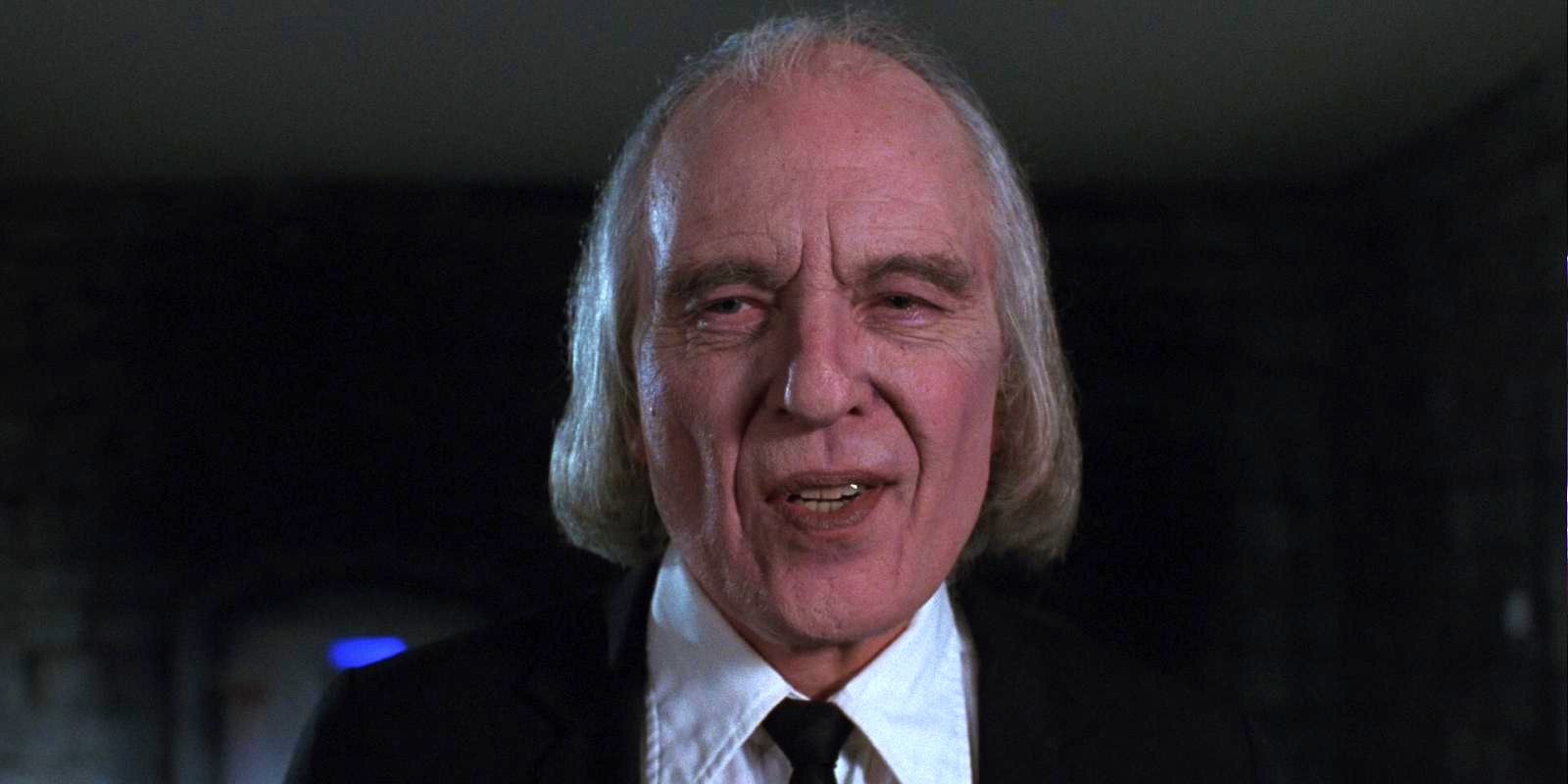
This inclusion is an odd one, but it’s also one that fits perfectly in with the abject strangeness of the Phantasm franchise as a whole. Phantasm 3 picks up right where Phantasm 2 left off, with Reggie outside the hearse, and Mike and Liz still inside. The vehicle then crashes and explodes, but things are a bit hard to make sense of from there concerning The Tall Man.
Mike survives the crash, while Liz dies, but Alchemy/The Tall Man is nowhere to be seen. Reggie runs over, collects Mike and tries to make a run for it, only for The Tall Man – now completely intact and without even a scratch – to march up from behind and try to get them. This Tall Man was shown emerging from an inter-dimensional portal earlier on in the opening scenes, with the embalming method having indeed killed the Tall Man that served as Phantasm 2‘s primary villain. This concept of more than one Tall Man existing was made even clearer later in the movie.
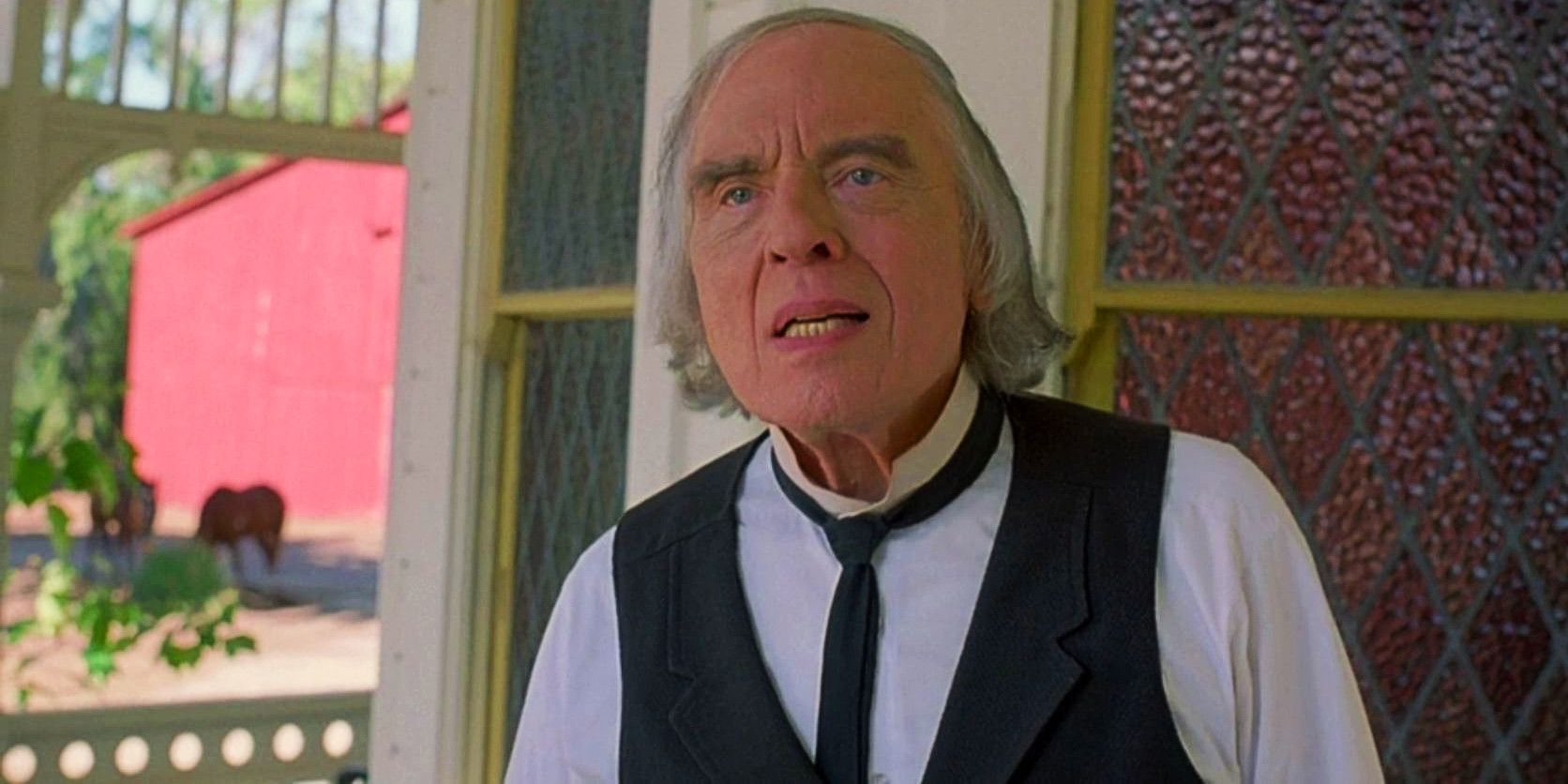
Considering everything seen of The Tall Man in Phantasm 1-3, many no doubt justifiably assumed the creature was simply a monster or an alien, and was never a human being. That’s not true though, as Phantasm 4: Oblivion revealed. The Tall Man was once a 19th-century mortician named Jebediah Morningside, and was by all evidence a perfectly nice, normal person. That was until his macabre job eventually led Morningside to become overly fascinated with death, and where people go afterward. He was able to make a portal capable of taking him to an unknown other world, but this ultimately proved a terrible decision.
Related: Every Stephen King Book & Story That’s Been His Favorite (& Why)
Not long after Jebediah made his trip to the other side of the portal, he returned, but no longer as the man he once was, having been turned into The Tall Man. Or considering there’s more than one Tall Man, it would seem he somehow became the original Tall Man template. Jebediah later appears in one of the realities shown in the perhaps most confusing of all Phantasm: Ravager, sharing a hospital room with Reggie long enough to have a conversation. Phantasm: Ravager ends on another ambiguous note, which makes sense for a Phantasm movie, but is also undeniably sad, since Scrimm’s death effectively precludes a follow-up.
More: The Phantasm Movie Franchise, Ranked Worst To Best
from ScreenRant – Feed https://ift.tt/3FdTJK4 https://ift.tt/3l2YL3Y

